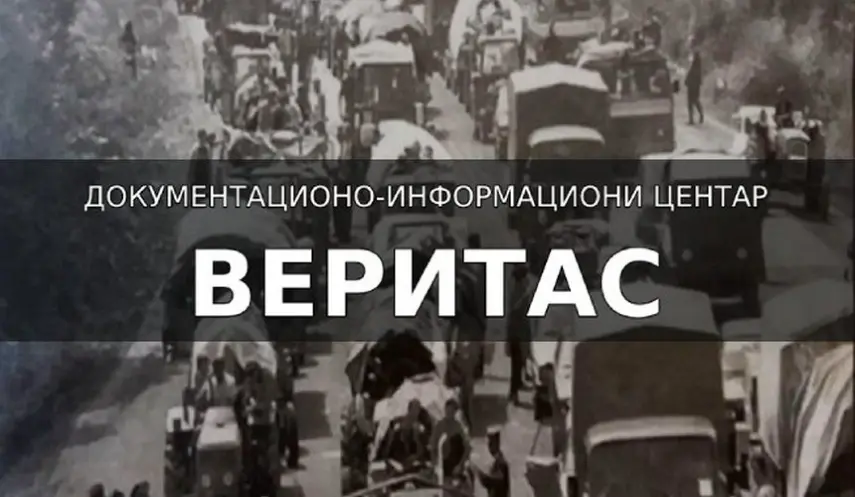BANJA LUKA ON THE MAP OF SPA CENTERS OF SRPSKA AGAIN
Republika Srpska - Banja Luka - tourism /16/
09/14/2025
10:00
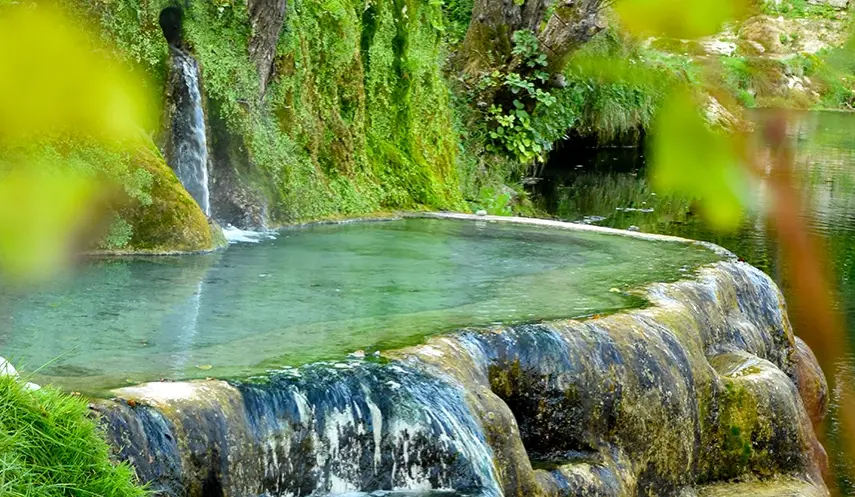
BANJA LUKA, SEPTEMBER 14 /SRNA/ - The Banja Luka area is rich in thermomineral springs and natural beauties, including Srpske Toplice - a national monument of BiH, and with the recent opening of the Terme Banja Luka Spa and Recreation Complex with an indoor and outdoor swimming pool and wellness facilities, it has returned to the map of spa centers in Republika Srpska.
Independent expert associate of the Banja Luka Tourist Organization Mladen Šukalo told SRNA that the Terme Banja Luka Complex, opened on September 3, offers saunas, salt rooms, massage areas, hydromassage areas and exercise rooms.
He pointed out that of particular importance for "Terme" is its touristic and geographical position between Banja Luka, the most famous picnic spot Banj Brdo, the canyon of the Suturlija River and the valley of the Vrbas River, where outdoor activities such as rafting, kayaking and hydrospeed are organized.
BANJA LUKA MIGHT BE NAMED AFTER THE SPAS
The area of Banja Luka and its surroundings is abundant in thermomineral springs that have been used since ancient times as public baths for hygiene, recreation and health.
In Srpske Toplice, in the center of old Banja Luka, hot water flows from eight springs with temperatures up to 35 degrees Celsius.
"Warm water from several of these springs flows freely into the cold mountain river Vrbas, so there is an opinion that Banja Luka was named after the spas /spa on the plain along the river/," said Šukalo.
He pointed out that within a radius of 20 kilometers from the center of Banja Luka are the spas of Laktaši and Slatina.
"The Slatina Spa is hyperthermic because the water temperature is 41 degrees Celsius, i.e. above human body temperature, while Laktaši and Banja Luka are homothermic - around 35 degrees Celsius," said Šukalo.
He stated that Srpske Toplice has been declared a national monument of BiH, encompassing the area between the Banj Brdo forest and the Vrbas River, and includes thermal springs, covered spas - hausas, as well as traditional family houses.
Šukalo said that since ancient times, the residents of Banja Luka and surrounding settlements have had the habit of using public baths, where they not only maintained hygiene, but also healed themselves.
The thermomineral water in Srpske Toplice is sulfate, muriatic, and alkaline earth, with temperatures ranging from 25 to 35 degrees Celsius, and as Šukalo states, it is believed to treat rheumatism of muscles and joints, neuralgia, and various skin diseases.
"In addition to the possibility of using these waters along the Vrbas River, thermal springs are used on private properties in the form of covered spa houses, which is unique in the world, as well as in a spa and recreation center with an outdoor and indoor pool," Šukalo pointed out.
He said that the authenticity of the Srpska Toplica landscape is reflected in the preservation of natural features, primarily the three spas on the banks of the Vrbas River, namely Direklija, Šugavica and Ilidža.
Šugavica Spa was used for the treatment of skin diseases, and in its place there was a smaller facility, which was demolished after World War II.
Direklija Spa is cut into the rock and resembles a small cave. It got its name from the stone pillars that once stood as doorposts at the entrance to the spa.
TERME USED SINCE ROMAN AGE
Šukalo said that the thermomineral springs in Srpske Toplice were used in Roman era. Copper Roman coins from the era of the Roman Republic and the Roman Empire were found here, which were in circulation from the second century BC to the fifth century AD and which indicate the custom of throwing coins into the water springs in honor of the deity or the health of the emperor.
"This Banja Luka settlement was home to the medieval city of Banja Luka, and at one time it was also the center of the Ottomans, who preserved the spa culture. During the Austro-Hungarian period, the Srpske Toplice settlement also housed a military bathhouse, while in the 1980s a spa and recreation center was being built," Šukalo noted.
While the Romans used the thermomineral springs on the right bank of the Vrbas, the Salona-Servitium /Solin-Gradiška/ road, which connected the Roman provinces of Dalmatia and Pannonia, passed along the left bank, according to Šukalo.
BANJA ILIDŽA ON THE VRBAS RIVER AND THE ENDEMIC VILINA VLAS
Šukalo points out that Banja Ilidža /Kraljičina Ilidža or Trokića vrelo/ is the most popular spa on the banks of the Vrbas River, adding that it is dominated by a population of the endemic and relict plant, the fairy sedge.
The fairy sedge, he says, is a strictly protected wild species in the Republika Srpska and, together with its habitat, enjoys the highest level of protection.
It is an herbaceous relict and endemic plant from the fern family, also known as lady's hair, women's hair or water fern.
The fan-shaped leaves are located on thin black, up to 25 centimeters long, petioles that resemble women's hair, which was the inspiration for many myths and legends.
Although it is widespread throughout the world, the population of this species is small because it survives in specific microhabitats where microclimatic conditions are constant, such as the habitats along the thermal waters in Srpske Toplice and Višegrad.
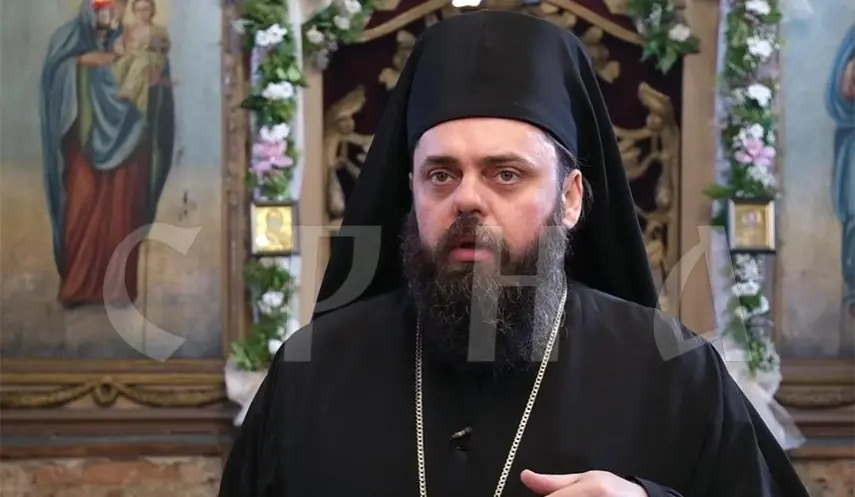
BISHOP HERUVIM: RESTORING CHURCHES PRESERVES IDENTITY, CULTURE, AND FAITH
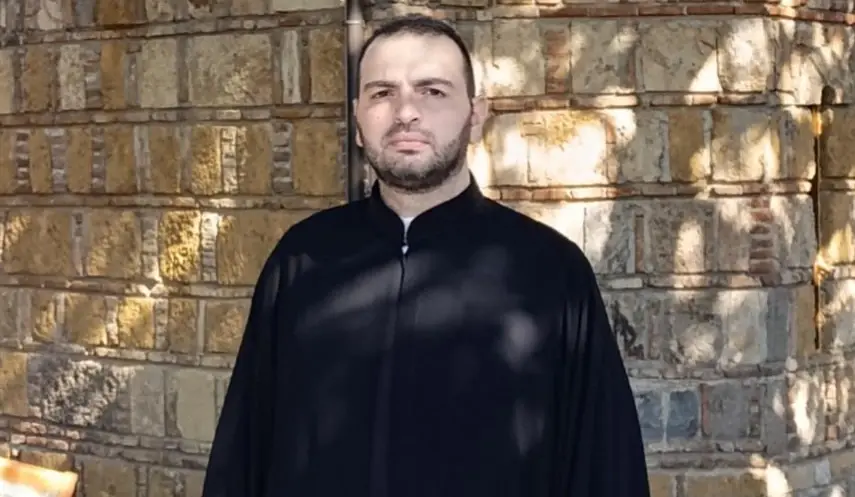
MOJEVIĆ: "MATERICE" ORTHODOX WOMEN’S DAY
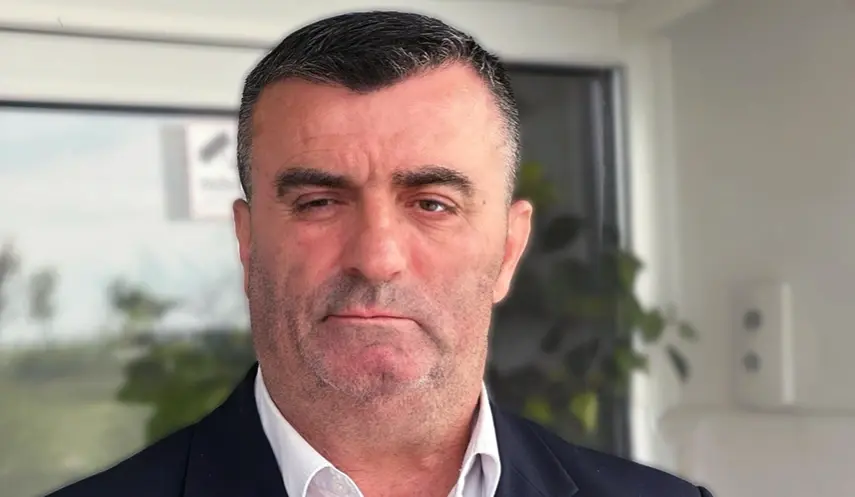
CEC RE-WRITES ELECTION RESULTS ACCORDING TO ITS OWN WILL
